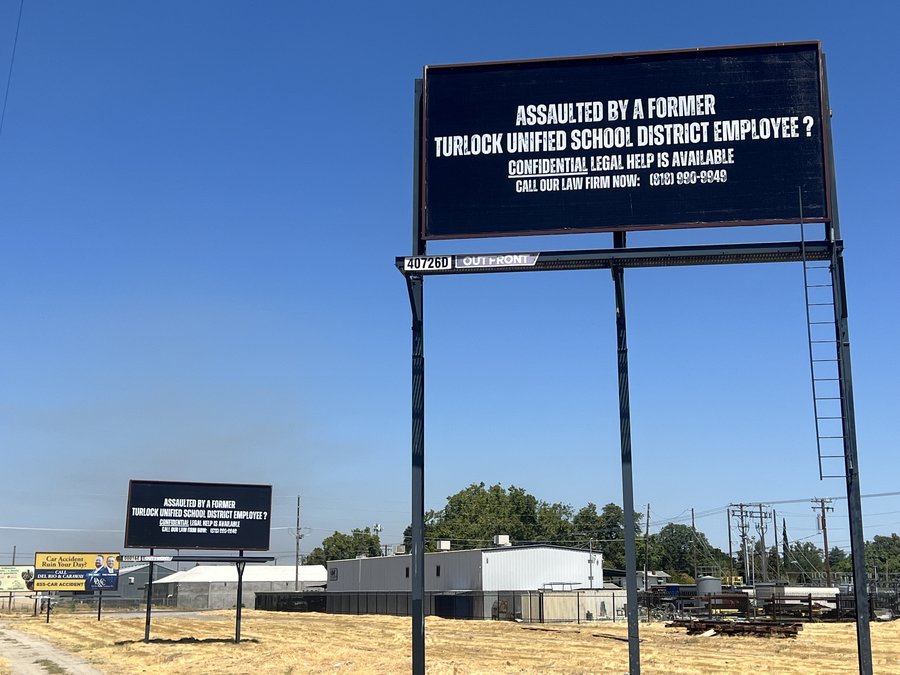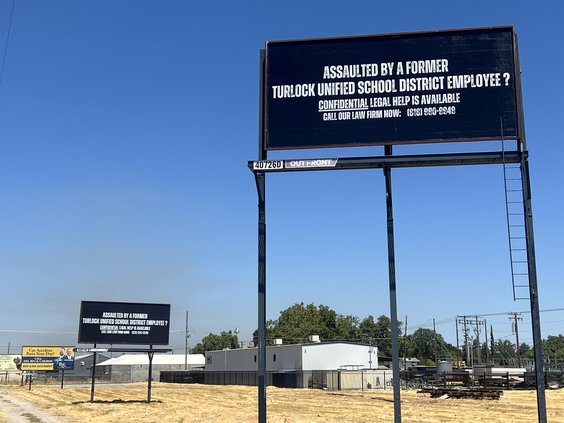The Stanislaus County Health Services Agency is reporting a 90-year-old man died from the West Nile Virus, marking him as the first fatality the county has recorded from the virus in two years.
The Health Service Agency said the Stanislaus County resident died as a result of the virus. As of Sept. 23, California has recorded five West Nile Virus fatalities, which does not include the recent death in Stanislaus County.
“We all grieve the death of this gentleman,” said Dr. John Walker, the public health officer for Stanislaus County. “The WNV season extends into October in Stanislaus County so it is important for residents to continue to take precautions to prevent mosquito bites.”
California has recorded 234 human cases of West Nile Virus as of Sept. 23, in addition to the virus being found in 1,276 dead birds, 3,249 mosquito samples and 296 sentinel chickens. West Nile Virus has been detected in 37 counties across the state.
Stanislaus County has recorded 16 human cases of the virus, along with 10 dead birds, 251 mosquito samples and zero sentinel chickens. All 10 of the dead birds have been located within the Turlock Mosquito Abatement District’s boundaries. The District also has recorded two human cases of the virus and had 232 positive results for mosquito samples.
Within Turlock, dead birds have been found in the areas of W. Monte Vista Avenue and N. Golden State Boulevard, W. Monte Vista Avenue and N. Walnut Road, E. Monte Vista Avenue and N. Berkeley Avenue, and E. Tuolumne Road and N. Olive Avenue, N. Central Avenue and W. Main Street, and E. Monte Vista and Bliss Road. Other dead birds have been found in Hughson, Ceres, Patterson and the outskirts of Modesto.
Most often, West Nile Virus is spread by the bite of an infected mosquito. Mosquitoes become infected when they feed on infected birds. Infected mosquitoes can then spread West Nile Virus to humans and other animals when they bite, according to the Centers for Disease Control.
Approximately one in five people who are infected with West Nile virus will develop symptoms such as fever, headache, body aches, joint pains, vomiting, diarrhea or rash. Less than 1 percent will develop a serious neurologic illness such as encephalitis or meningitis (inflammation of the brain or surrounding tissues). About 10 percent of people who develop neurologic infection due to West Nile Virus will die, according to the CDC. People over 50 years of age and those with certain medical conditions, such as cancer, diabetes, hypertension, kidney disease and organ transplants, are at greater risk for serious illness.
There are no medications to treat or vaccines to prevent West Nile Virus infection. People with milder illnesses typically recover on their own, although symptoms may last for several weeks or months. In the neuroinvasive forms, patients can suffer severe and sometimes long-term symptoms.
A 2015 CDC report indicates that for every one diagnosed case of West Nile Virus another 150 people have the disease and are either undiagnosed or misdiagnosed.
Mosquitoes like to breed in stagnant water, preferring weedy areas that provide cover. The lagoons at dairy farms make for perfect breeding grounds, but so do flooded fields, uncared for swimming pools, urban catch basins, overwatered lawns, and pretty much anything that holds water and allows it to stagnate. The area’s mosquito abatement districts have been conducting aerial photography to locate potential mosquito breeding sites and rely on residents to report neglected swimming pools and ornamental ponds. The Districts provide mosquito fish, free of charge, to put in ornamental ponds and other backyard locations.
To report mosquito-breeding problem areas, Stanislaus County residents should contact one of the two mosquito abatement districts that serve the county. For Stanislaus County addresses north of the Tuolumne River, residents should call the Eastside Mosquito Abatement District at 522-4098 (www.eastsidemosquito.com) and all others should contact the Turlock Mosquito Abatement District at 634-1234 (turlockmosquito.org).









